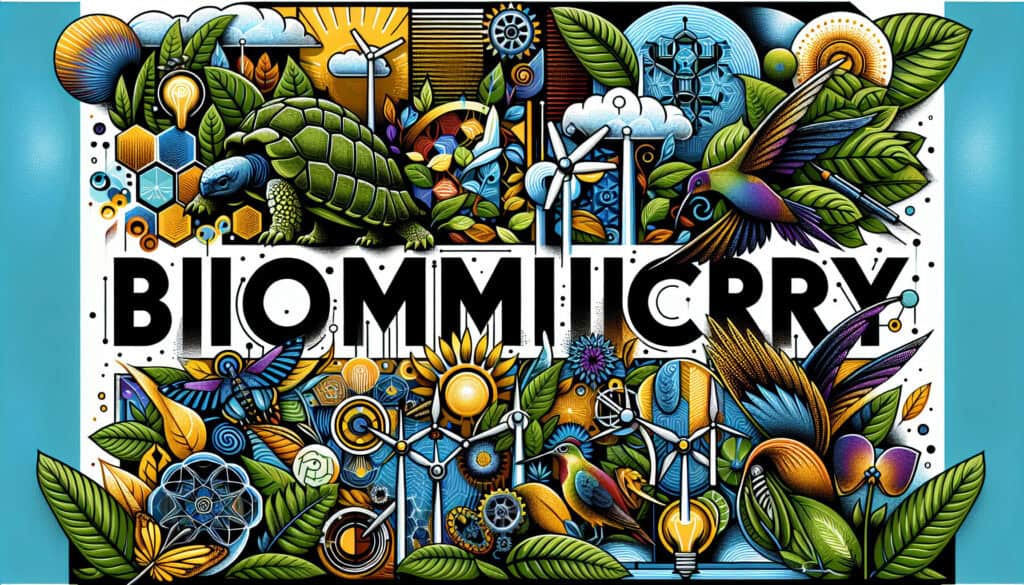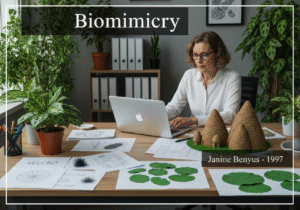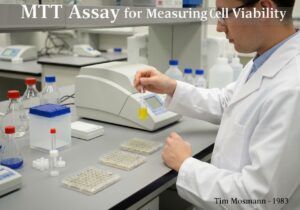An approach to innovation that seeks sustainable solutions to human challenges by emulating nature’s time-tested patterns and strategies.
- 方法: 客户与营销, 经济学
仿生学

仿生学
- 生物仿生学, 生态, 环境影响, 环境技术, 创新, 可持续发展, 可持续创新, 可持续实践, 可持续产品设计
目标
如何使用
- Biomimicry is used to design new products, processes, and systems that are inspired by nature. By studying how nature solves problems, we can learn to create more sustainable and efficient solutions.
优点
- Can lead to innovative and sustainable solutions, can help to reduce the environmental impact of human activities, and can be used to create new business opportunities.
缺点
- Can be difficult to find a suitable natural model, can be difficult to translate natural principles into a practical solution, and may not be suitable for all types of problems.
类别
- 工程, 构思, 产品设计
最适合:
- Developing sustainable solutions to human challenges by learning from nature.
Biomimicry finds its applications across various industries, including architecture, product design, and materials science, as teams utilize nature’s time-tested patterns and strategies to tackle challenges ranging from energy efficiency to waste reduction. During the ideation and conceptual phases of design projects, biomimicry can be employed to inspire innovative solutions that align with sustainability goals; for instance, Velcro was inspired by the burrs that stick to animal fur, and buildings designed with natural ventilation systems mimic termite mounds to optimize energy use. Typically, multidisciplinary teams comprising designers, engineers, biologists, and ecologists engage in this methodology, enabling a collaboration that integrates diverse perspectives and expertise. Training and workshops that introduce biomimetic principles can enhance the skills of participants, whether they are within established corporations or startups looking to innovate. As new technologies emerge, tools such as computational design and simulation algorithms are increasingly leveraged to model and analyze biomimetic designs, paving the way for applications like self-cleaning surfaces inspired by lotus leaves or energy-efficient systems modeled on fish schools. The ongoing exploration of natural ecosystems also opens doors for new business opportunities, as organizations seek to develop products and processes that minimize environmental footprints while appealing to eco-conscious consumers, thereby contributing to a paradigm shift in how industries approach sustainability.
该方法的关键步骤
- Identify a specific challenge or problem that needs a solution.
- Research biological systems that address similar challenges in nature.
- Analyze the biological strategies and principles used by these systems.
- Translate these biological strategies into design criteria for new products or processes.
- Develop concepts and prototypes that incorporate nature-inspired features.
- Test and validate the prototypes against desired performance and sustainability metrics.
- Refine and iterate on the design based on testing feedback.
- Implement the final design into production while considering lifecycle impacts.
专业提示
- Incorporate interdisciplinary collaboration by engaging biologists, ecologists, and engineers early in the design process to leverage a broad spectrum of knowledge and approaches inspired by nature. - Utilize 反向工程 techniques to analyze natural structures and systems, allowing for a deeper understanding of their efficiencies and adaptability in varying environments. - Implement iterative prototyping based on biomimetic principles to refine solutions that emulate nature’s designs, testing early and often to optimize functionality and sustainability.
历史背景
1940
1950
1975
1997
1940
1950
1970
1983
(如果日期不详或不相关,例如 "流体力学",则对其显著出现的时间作了四舍五入的估计)。








相关文章
主生产计划(MPS)
大规模定制
营销漏斗
营销审计
MAPO 指数(医院病人的移动和援助)
制造资源计划(MRP II)